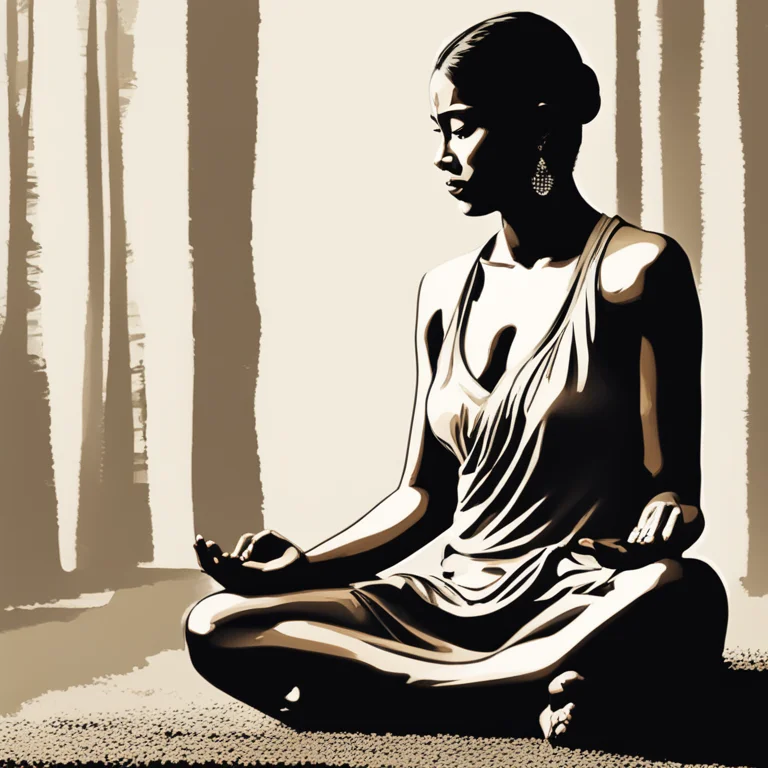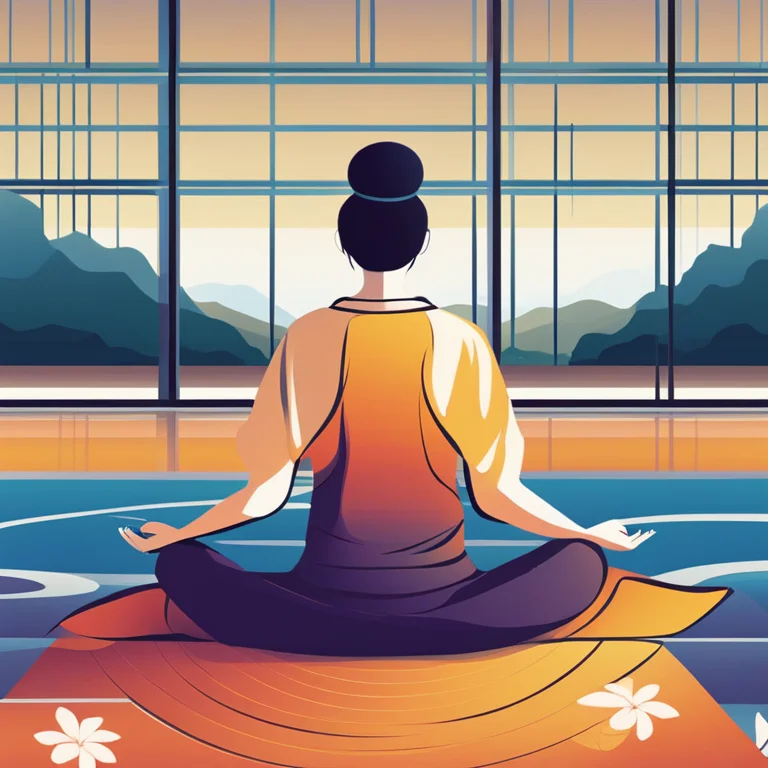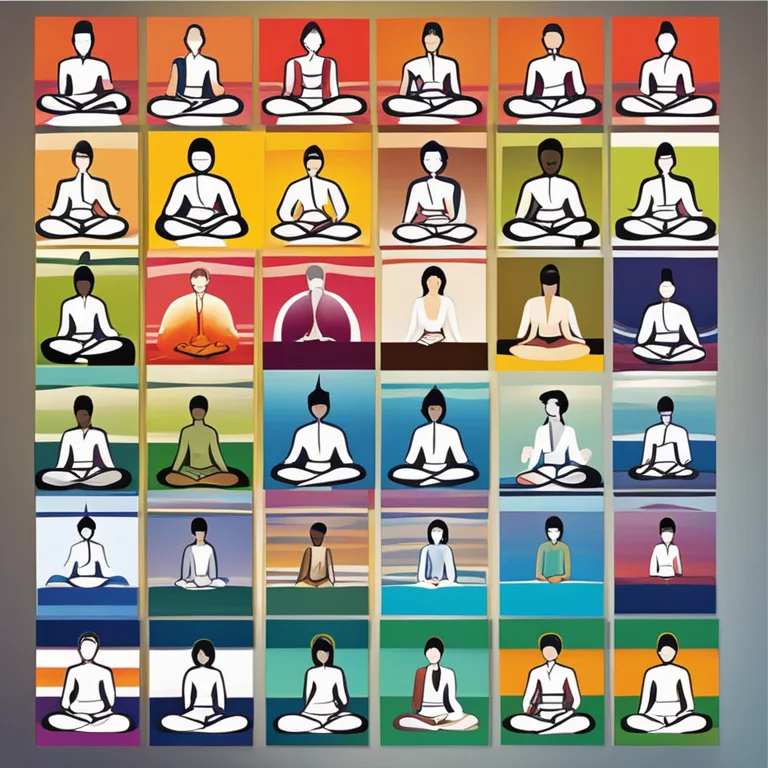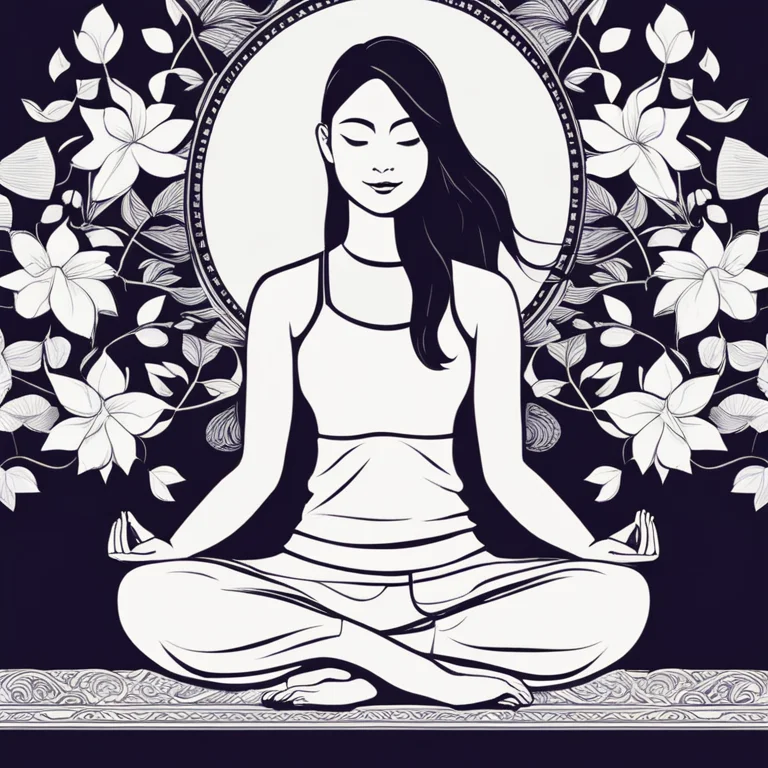
Mastering Meditative Postures: A Guide to Inner Peace
Discover the transformative power of meditative postures in this insightful guide designed to enhance your meditation practice for profound tranquility and mindfulness.
article by Hina Kurosawa
Introduction to Meditation Postures
Meditation, an ancient practice deeply rooted in various cultural traditions, has gained immense global popularity for its profound benefits on mental well-being and physical health. As we move through 2024, the importance of adopting correct meditation postures has become more central to a successful meditation practice. These postures are not mere positions but gateways to deeper relaxation, increased concentration, and an enhanced meditation experience. They are fundamental in preparing the body to enter a state of serenity and spiritual connectivity, which is why understanding and mastering them is essential.

Lotus Position – Padmasana
The Lotus Position, or Padmasana, stands as a quintessential posture in meditation, renowned for its balance and stability. Ideal for deep meditation, this posture allows for an upright spine, facilitating the flow of energy. To adopt the Lotus, one must sit cross-legged with each foot resting on the opposite thigh, embodying the lotus flower's symbolic purity. While it may seem daunting for beginners due to its demand for flexibility, its variations, such as the Half-Lotus and Quarter-Lotus, offer a gentle progression to comfort with practice.

The Seiza Pose
Originating from Japanese tradition, the Seiza pose is a kneel-down posture that fosters humility and focus. Beginners often favor it as it's less demanding than the Lotus, requiring one to kneel with the buttocks resting on the heels, feet flat on the ground, and palms placed on the thighs. The Seiza Bench, a small stool designed for meditation, can alleviate pressure on the ankles and knees, ensuring a prolonged and comfortable meditation session as one explores the depths of the mind.

Burman Position – The Easy Pose
Frequently referred to as the Easy Pose, or Sukhasana, this position is an excellent starting point for novices embarking on their meditative journey. The posture involves sitting with crossed legs and feet lying beneath the knees, while the hands rest gently on the knees or lap. It promotes groundedness and is less taxing on the legs, making it an appropriate choice for extended meditation sittings. Moreover, a cushion or meditation mat can be used to elevate the hips, fostering a more erect spine.

The Chair Pose
As workplace stress and the need for quick mental resets increase, the Chair Pose has emerged as a practical meditation posture conducive to office environments. This involves sitting at the edge of a chair with feet flat on the ground, hands on the knees, and a straightened spine. It's a simple yet effective method promoting alertness and grounding, making it possible to incorporate meditation into daily life without the need for special attire or settings — a true meeting of ancient practice and modern necessity.
Standing Meditation – A Dynamic Posture
Standing meditation has gained momentum for those seeking a more active or dynamic form of meditation. In this upright position, one stands with feet shoulder-width apart, knees slightly bent, and arms relaxed or held in a circular shape in front of the body. This posture emphasizes presence and alertness, stimulating energy flow while offering the benefits of meditation without the need for sitting. It's particularly well-suited for practitioners with mobility issues or seniors.
Corpse Pose – Savasana for Deep Relaxation
Lastly, the Corpse Pose, or Savasana, often used in yoga practice, serves as a profound meditation posture for complete surrender and relaxation. Practitioners lie flat on their back, arms and legs spread slightly apart, palms facing upward, and eyes closed. The body is allowed to sink into the ground, releasing tension and promoting a state of deep tranquility. While appearing simple, it requires letting go of control, making it a powerful practice for cultivating calmness and inner peace.
Published: 1/9/2024
Modified: 1/9/2024
More predictions
Come back here soon to learn more about yourself and your future


The Harmony of Meditation & Sleep
Discover how meditation enhances sleep quality and overall well-being through mindful practices and relaxation techniques.


Retreat into Serenity: A Meditation Haven
Discover the transformative power of a meditation retreat and find tranquility for mind, body, and spirit in our comprehensive guide.


The Serene Path: A Guide to Meditation Retreats
Discover the transformative journey of meditation retreats and how they can enhance your spiritual practice in a serene environment.